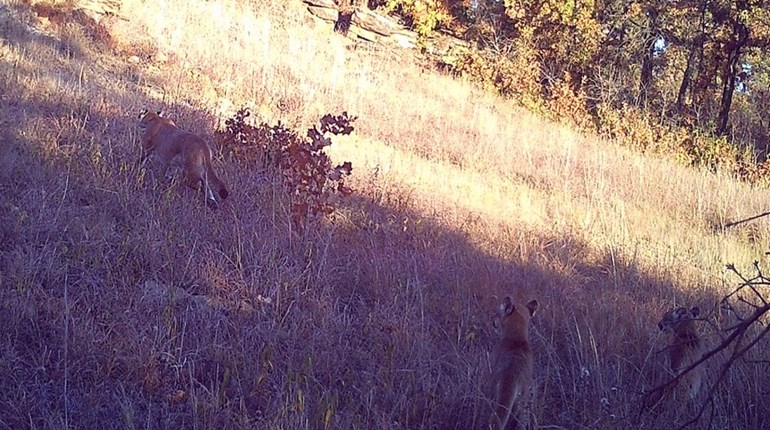
Nearly 12,000 additional acres of wetlands will greet waterfowl in The Natural State this winter, thanks to the successful implementation of the Arkansas Game and Fish Commission’s Conservation Incentive Program.
The program was funded through special set-aside funds by the Arkansas General Assembly. Throughout spring and summer, AGFC staff worked with private landowners to offer $3.5 million in incentives to help improve wildlife habitat on their property. The initiative was developed similar to many cost-share conservation incentives provided through Farm Bill programs, but is targeted specifically at wildlife and fisheries needs in Arkansas on a state level.
Two of the nine practices comprising the initiative focused on open wetland habitat, and another incentivized forest management on private greentree reservoirs.
According to Randy Brents, assistant chief of the AGFC Private Lands Habitat Division, roughly 11,871 acres of land has been placed under contracts to enhance habitat for waterfowl this winter. Many of these acres may have been tilled early or left dry during the migration if not for the incentive.
“We have contracted with farmers to flood 10,961 acres of rice fields using surface water sources during a 90-day portion of the waterfowl wintering period, and none of those acres will be tilled, leaving as much waste grain as possible for ducks and geese,” Brents said. “Another 910 acres of native wetland plants will be flooded that can offer even more benefit to waterfowl and other migratory species.”
According to Brents, 127 landowners signed up to implement the flooded rice and wetland practices.

“Those are all acres that are above and beyond what normally would be contracted by other programs,” Brents said. “One of our requirements was that the land couldn’t be enrolled in another cost-share or incentive that paid for flooding.”
Brents said this boom in additional acreage is only a portion of the wetlands being provided by the AGFC and other agencies. The AGFC will fund nearly 16,000 acres of wetlands on private land this season.
“We have another 4,000-plus acres in the Waterfowl Rice Incentive Conservation Enhancement Program this winter that promotes flooded rice fields with an additional caveat that landowners allow some limited public hunting through a permit-based draw system,” Brents said. “And this year, thanks to the federal Migratory Bird Resurgence Initiative, an additional 29,946 acres are enrolled in federal programs to promote wetlands in the state for wildlife benefits. Our private lands biologists have been working hard with landowners to apply for these incentives as well.”
Garrick Dugger, Private Lands Habitat division chief, says the vision of this new initiative is simple: “You don’t manage wildlife in a bubble. Whether it’s private or public land, the success of wildlife habitat management depends on the land surrounding you, not just what you control. Even if we manage the public land absolutely perfect, we’re only affecting 10 percent of Arkansas’s land, the rest is up to private landowners, so we want to help with their efforts as well.”
Dugger said the connection between private and public land management is most obvious in migrating birds like waterfowl.
“We know that it takes wetland habitat on a landscape level to provide energy for migrating ducks and geese,” Dugger said. “Even if all of the public land in Arkansas is flooded and full of food, it’s only a fraction of the habitat needed to draw ducks to Arkansas and give them the nutrition they need during and after migration. Private land accounts for so much more of our state’s landmass, and it’s the actions of those landowners that play a pivotal role in wildlife management for us all. If rice fields aren’t wet, hunters everywhere notice it in empty skies and empty game straps.”
The Conservation Incentive Program is an undertaking by the AGFC’s Private Lands Habitat Division and is made possible by Greenway Equipment, an AGFC cultivating partner. Visit agfc.com/habitat for more information.





































